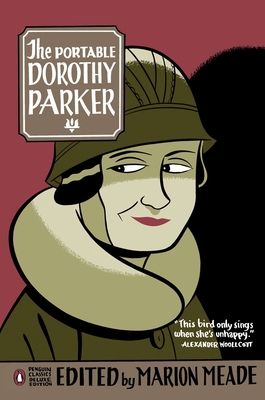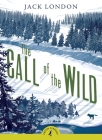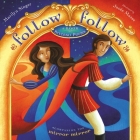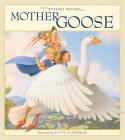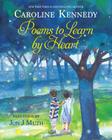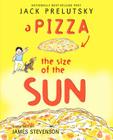.jpg) |
| Boston Magazine |
L’esprit du lieu has always had a powerful
influence over my sensibility, a fact which once made a visit to a
concentration camp in Germany unbearable and which last week transformed a walk
down Boylston—open for the first time since the bombings at the Boston
Marathon—into a painful pilgrimage.
The
memorial in Copley Square was so crowded with mourners taking in the rows of
brightly colored flowers, balloons, T-shirts, candles, icons, and running
shoes, that there was little room for reflection. I moved past reporters and up
the street toward the place where the first bomb exploded at Marathon Sports.
A
crowd was gathered outside the boarded up store front, but I could not cross
the street to join them. I stood by the library until I noticed a woman
directly across from me kneel and touch the pavement with her finger. I looked
down and saw that a broad stripe of faded yellow stretched across the road from
her to my feet, and realized that my tears fell on the finish line.
I continued
up Boylston until I was across from the Starbucks that stood near where the
second bomb detonated, and where, two marathons prior, my husband had been
working, making the terror of that day all too easy to imagine.
Perhaps
because it was so close, the story that unraveled last week in Boston engaged
my imagination in a way no tragedy has before. Engaged—and exercised, because
if I were to imagine the grief of the victims of that day I must also address
those that inflicted their pain.
Now
the story complicates. And perhaps especially for readers—that is, for those of
us who, within the safe and cozy confines of a good novel have let our
imaginations wander into the consciousness of another. Maybe it was a character
who on the surface seemed different than us; someone who, if we had read of
their actions in a headline we may have written off as simply “criminal,” but
who, when rendered through a genius such as, say, Dostoevsky, became for us
suddenly, strangely intelligible.
What
reader of Crime and Punishment has
not wondered, could my way go the way of
Raskolnikov? I made that pilgrimage once—from Sennaya Ploshchad in St.
Petersburg, the Haymarket of the novel, to the moneylender’s flat. Along the
way I remember often finding myself behind a stooped, elderly women looking
painfully vulnerable.
I
am currently reading Albert Camus’ L’Etranger
for the first time, and for a long time—because I am reading it in French.
Perhaps having dwelt so long in the mind of a murderer, things are getting
confused—or are they clarifying? Meursault has shot an Arab “à
cause du soleil,” and who can understand that? And yet—as his
reader, I do. Can I really admit that? Am I taking empathy too far?
This
question echoed in my mind Friday as I watched the man-hunt unfold. If this
were a story, mere literature, reader, where would your heart have been? When I
saw the thermal images of that stranded soul—I couldn’t help it, I’m a reader,
so the boat was a metaphor and this had to be a story. And those subtle
movements inside the womb of the boat—what mother did not think of an ultrasound
and hope for life? Unbidden, my imagination conjured up the lonely wounded
hours. Was it a relief, I wondered, to be captured?
And
what then of the other images, that show the same man setting a bomb by those
more vulnerable than himself? Motives and wonder and empathetic imaginings—the
story itself—collapses in an explosion of chaos and horror. Because I can
imagine that, too—having watched both my parents finish marathons as a child,
having walked Boylston countless times, and having cheered on the finishers of
previous Boston Marathons. The mind reels, struggles to hold in tension these
two images of one self, and, ultimately, to understand the potential of such
extremes in one’s own self, and in everyone.
What
is the good of literature if it does not expand our selves to such extremes?
The cover image of the recent issue of Boston Magazine shows empty shoes
belonging to runners of this year’s marathon gathered into the shape of a
heart. The unoccupied shoes might recall other tragedies, like the piles of
shoes at the Holocaust Museum, or simply help us to imagine ourselves slipping
into a pair of shoes other than our own.
The
experience of empathy may not lead to answers or clarity or judgment, but I am
hoping that for those brave enough to read the world as a story of which we are
all a part, beyond the struggle of interpretation there lies compassion, grace,
and yes, Boston—strength. May the spirit of this place endure. May it extend to
other selves and other places where the instability and fear we have tasted
still exists.





